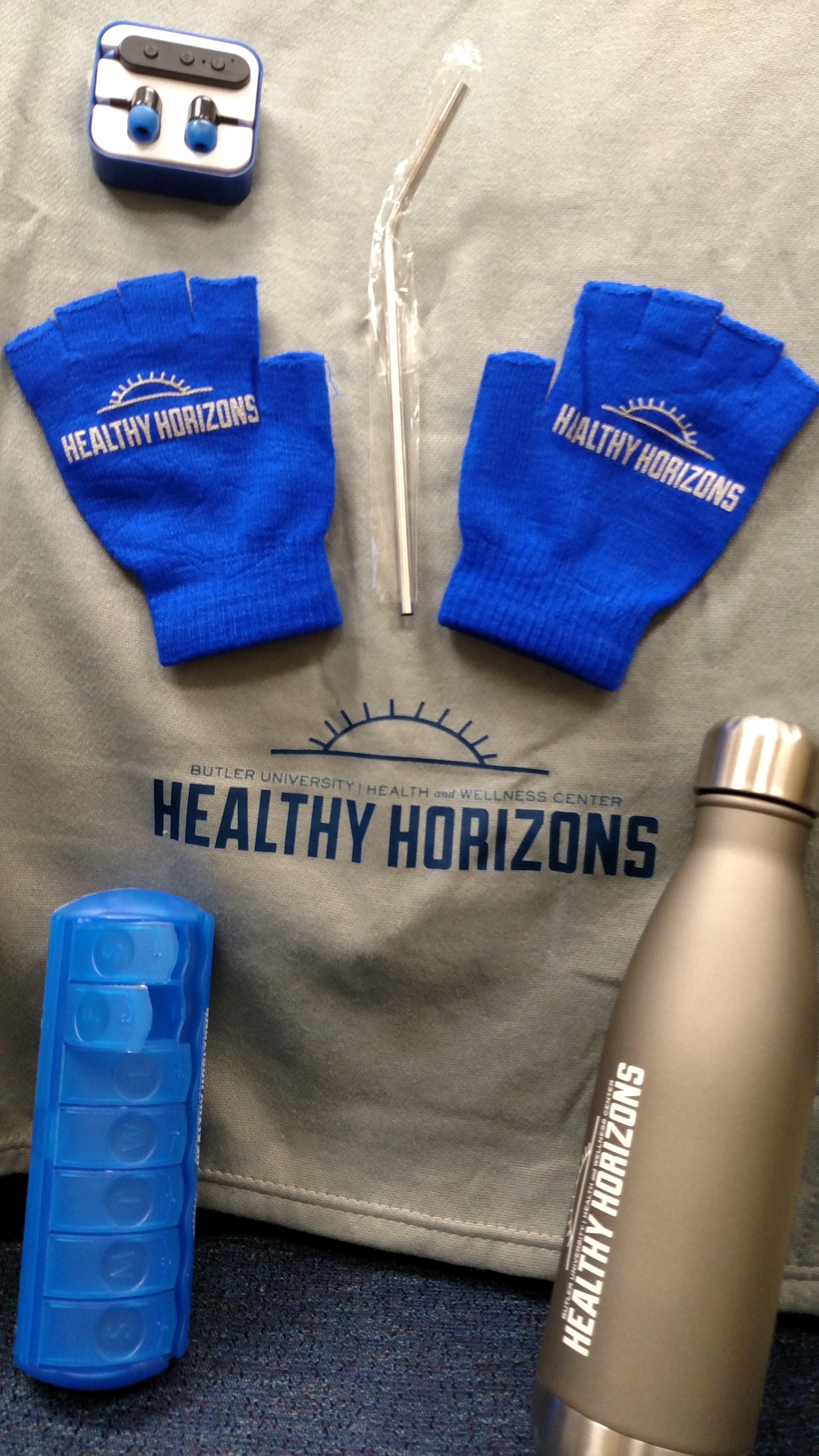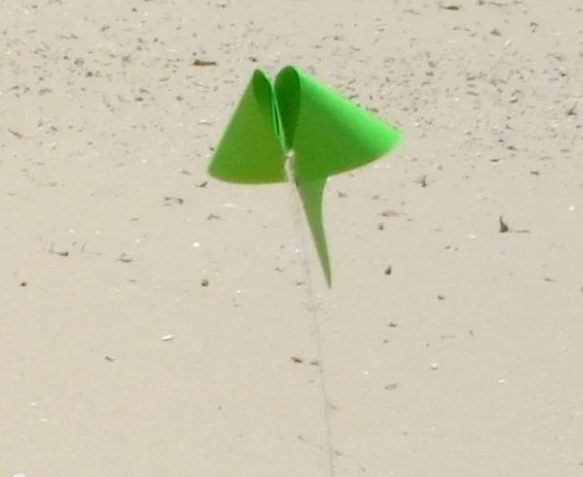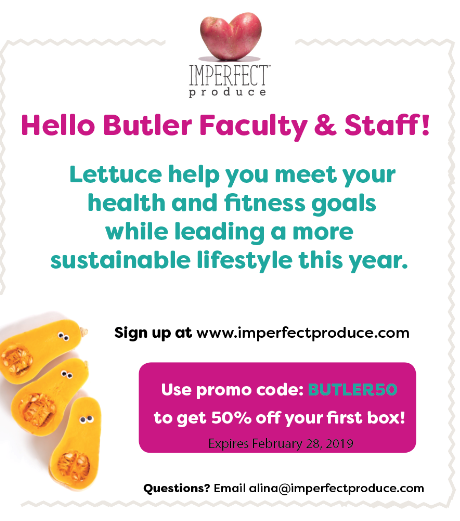The article below is very helpful in knowing how we can better react to emergency situations including safety and health emergencies.
What do you do?
Well, that depends. Every one of us is at risk for these kinds of unexpected intrusions into our day-to-day lives. What you do about it depends on whether or not you’re prepared – not just physically, but also mentally.
In any situation, some things are likely to be out of your control: the size of the fire; who’s flying the plane; what’s wrong with the woman. Some things, however, are up to you. Being aware of how you might react can go a long way toward making a bad situation better.
Know thyself
In a crisis, your brain is going to want to make decisions, and not always the best ones. The good news is there are steps you can take to be a better decision-maker in emergencies. There is science behind the way people react to stressful situations, and we can use it to our advantage.
Science tells us that people behave in high stress incidents in certain ways. What you do will be dependent in large part on what your stress level is. If your heart rate soars above about 175 beats per minute, you’re more likely to go into shutdown mode and not be able to think clearly or act. A technique called “combat breathing” (inhale through your nose, hold, exhale through your mouth, hold) has been shown to reduce your heart rate by 20-30 beats per minute. Controlling your emotion and stress level will help as you go through the decision-making process.
During the decision-making process, your mind will most likely move through three stages:
- Deliberation
- Decisive action
Knowing these stages – and preparing for them ahead of time – can help you recognize and deal with what’s going on around you more effectively.
Denial: This is not happening
Have you ever heard gunfire in your neighborhood and blamed it on a firecracker? That’s denial. And it’s perfectly normal. We don’t want to believe bad things are happening. We don’t want to panic or look silly.
In emergencies, we often look to people around us for cues about what we should do. (Is everyone else running and screaming, or are they sitting quietly in their chairs? Are others stopping to help?) This is known as social proof. Social proof is a psychological phenomenon that happens whenever people aren’t sure what to do. We assume others around us know more about the situation, and so we do what they do, whether it’s the right thing or not.
We also know that a person is less likely to take responsibility when others are present. We assume that other people are responsible for taking action, or that they’ve already done so. This is called diffusion of responsibility, and it means you’re actually more likely to get help when you’re with a single person than when you’re in a large group of people.
We are all susceptible to believing these things, which make it easy to deny that 1) an emergency is really happening, or 2) we need to do something about it.
Deliberation: What are my options?
Once you’ve recognized the emergency, you’ll begin to consider your options. If you’re smart, you’ve already started this process before the emergency happens. Maybe you participated in a fire drill at work, or you counted exactly how many rows there are between you and the emergency exit on the plane, or you took a first aid class in your community. The more you’ve prepared, the more options you’ll have to work with.
One thing you can do to prepare everywhere you go is called scripting. All it requires is a little bit of imagination. Pay attention to your surroundings and see what’s available to you. Check for exits (and consider windows as possible exits). Be nosy, especially when it concerns your safety. Then run different scenarios in your head. Where would you go if you had to get out? Who would you call if you needed help? What will you do if there’s a fire? A robbery? A bomb threat? Think about the possibilities ahead of time.
Everybody hates the idea that we practice for emergency events. Fire drills… ugh. But it’s practice, and practice helps you understand what to do or how to react when you don’t have a lot of time. Not only can practice save your life, but if you know how to save yourself, emergency responders on the scene can use their time and effort to save others. You’re one less person who needs saving, and that saves lives.
Decisive action: It’s go time!
You’ve acknowledged there’s a problem. You’ve considered your options. The next step is to take decisive action. With all the information you have, what are you going to do next?
Before you take action:
- Calm yourself
- Shift your emotion. If you do get mad, use that anger as energy.
- Stay fit – if you’re more fit, you’re likely to be more rational
Now is the time to put your plans into motion. Go to the exit, call for help, take cover, give CPR… whatever you’ve decided to do.
In most crisis situations, there is no definite right or wrong. There is no perfect way – only the best we can do. The most important thing is to do something. In almost every case, an imperfect plan is better than no plan, and action is better than inaction.
Remember, if you depend on everyone else to take care of you, you’re leaving the most important person out. Don’t wait to make a plan. Know yourself, know your situation, and be prepared to save your own life.
This is Your Brain on Emergencies










